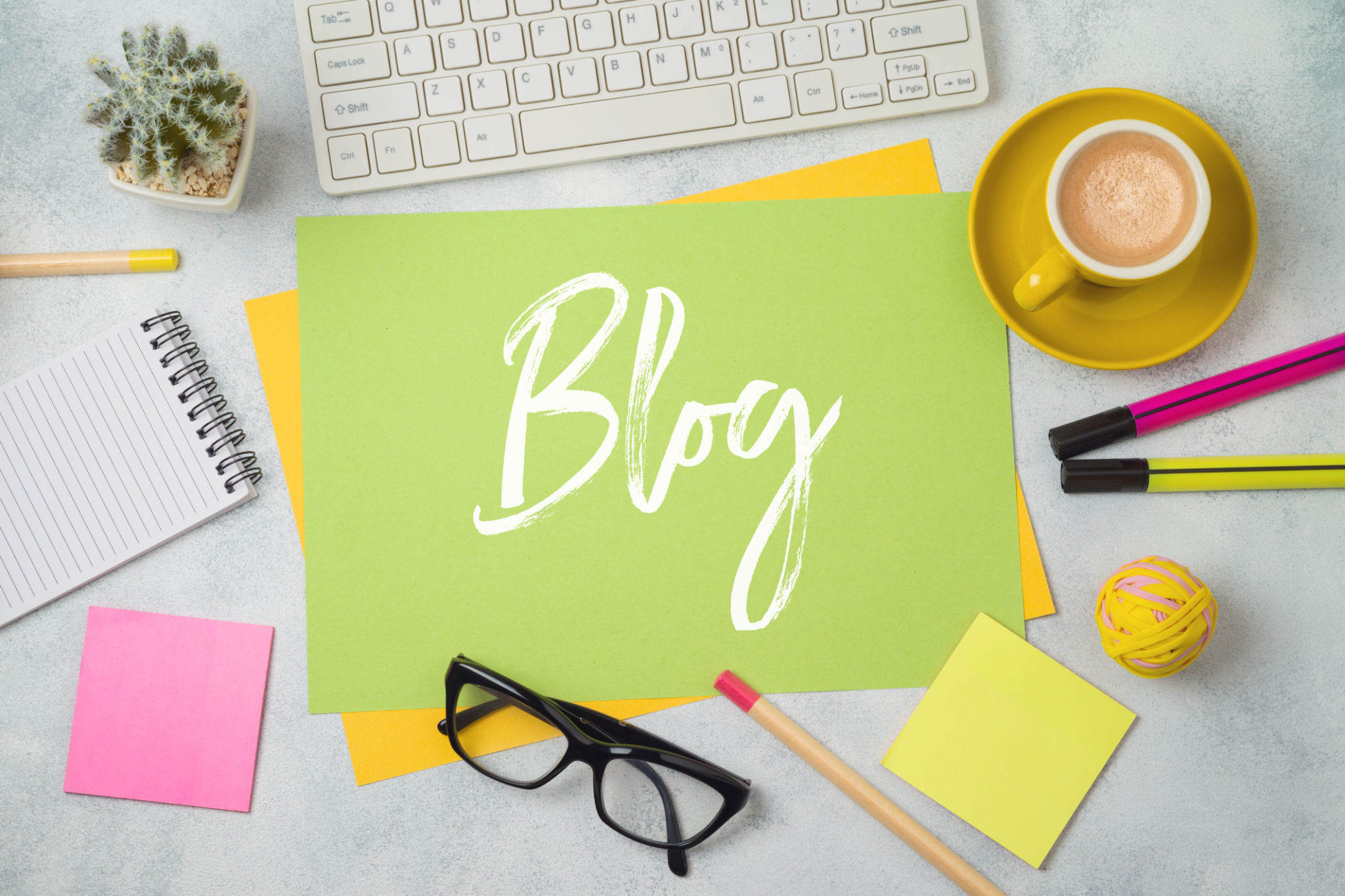DIY Blog Design: How to Create an Eye-Catching Layout
Understanding the Basics of DIY Blog Design
Creating an eye-catching blog layout is essential for attracting and retaining readers. A well-designed blog not only looks good but also enhances the user experience, making it easier for visitors to navigate through your content. Understanding the basics of DIY blog design is the first step in crafting a visually appealing and functional site.
Before diving into the design process, it's important to consider your blog's purpose and target audience. Think about the type of content you will produce and how you want your readers to feel when they visit your site. This foundation will guide your design choices and ensure consistency across all pages.

Choosing the Right Color Scheme and Fonts
Your color scheme and font choices significantly impact your blog's overall aesthetic. Select a color palette that reflects your brand's personality and resonates with your audience. A harmonious color scheme can evoke specific emotions and make your blog more memorable.
Fonts play a crucial role in readability and branding. Choose fonts that are easy to read on both desktop and mobile devices. It's often a good idea to use no more than two or three different fonts throughout your blog to maintain a cohesive look. Experiment with font sizes and weights to create visual hierarchy and guide readers' attention.

Structuring Your Blog Layout
An effective blog layout organizes content in a way that makes sense to readers. Start by sketching a rough outline of your layout, focusing on key elements such as the header, navigation menu, main content area, and footer. Clear structure helps visitors find what they're looking for without frustration.
Consider using a grid system to align elements consistently across pages. This technique creates a sense of order and balance, enhancing the overall visual appeal. Additionally, ensure your layout is responsive, adapting seamlessly to different screen sizes for a better user experience.

Incorporating Visual Elements
Visual elements like images, videos, and infographics can significantly enhance your blog's appeal. They break up text-heavy sections and provide a more engaging experience for readers. Use high-quality images that complement your content and reinforce your message.
When incorporating visual elements, ensure they load quickly and do not slow down your page speed. Optimize images for the web, and consider using formats like WebP for faster loading times. A fast-loading blog improves user experience and can positively impact search engine rankings.
Enhancing User Experience with Navigation
Navigation is a critical component of blog design, guiding users to different sections of your site. A straightforward menu structure helps visitors find what they need without unnecessary clicks. Use clear labels for menu items, and consider adding a search bar for easy access to specific content.
Breadcrumbs are another useful navigation tool, showing users their current location within the site hierarchy. This feature enhances usability, particularly for larger blogs with extensive content libraries.

Testing and Iterating Your Design
Once you've implemented your initial design, it's important to test its functionality. Check how your blog displays on different devices and browsers to ensure a consistent experience for all users. Gather feedback from friends, family, or online communities to identify potential areas for improvement.
Design is an ongoing process, so be prepared to iterate and refine your layout over time. As you publish more content and learn more about your audience's preferences, you may find opportunities to enhance your blog's design further.
Conclusion
Creating an eye-catching DIY blog design requires careful planning and attention to detail. By understanding the basics of design, choosing the right colors and fonts, structuring your layout effectively, incorporating visual elements, enhancing navigation, and continuously testing and iterating, you can build a blog that not only looks great but also provides an exceptional user experience.
Remember that a successful blog design aligns with your brand's identity and resonates with your audience. With these tips in mind, you're well on your way to crafting a visually appealing and functional blog that stands out in the digital landscape.
